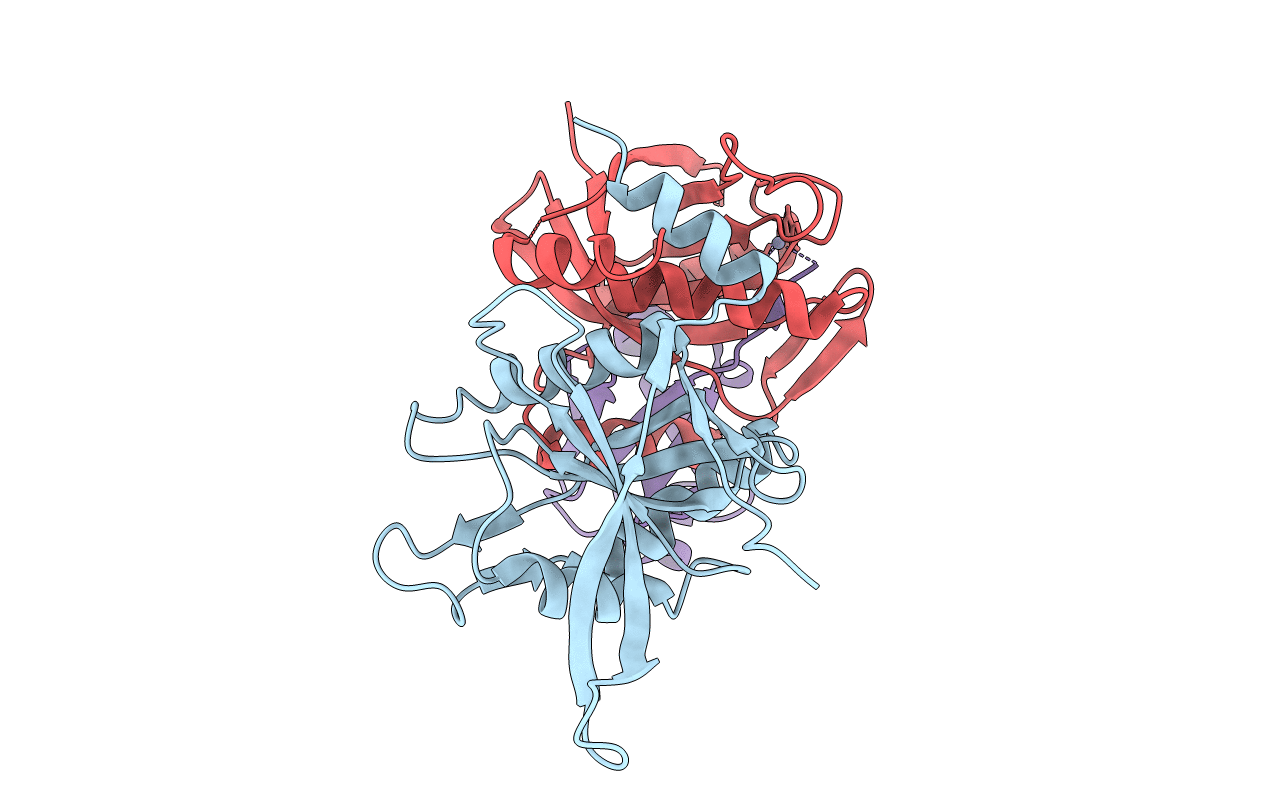
Deposition Date
2016-12-05
Release Date
2017-09-06
Last Version Date
2023-10-04
Entry Detail
PDB ID:
5U4P
Keywords:
Title:
Protein-protein complex between 26S proteasome regulatory subunit RPN8, RPN11, and Ubiquitin S31
Biological Source:
Source Organism:
Host Organism:
Method Details:
Experimental Method:
Resolution:
2.50 Å
R-Value Free:
0.23
R-Value Work:
0.21
R-Value Observed:
0.21
Space Group:
P 65 2 2


